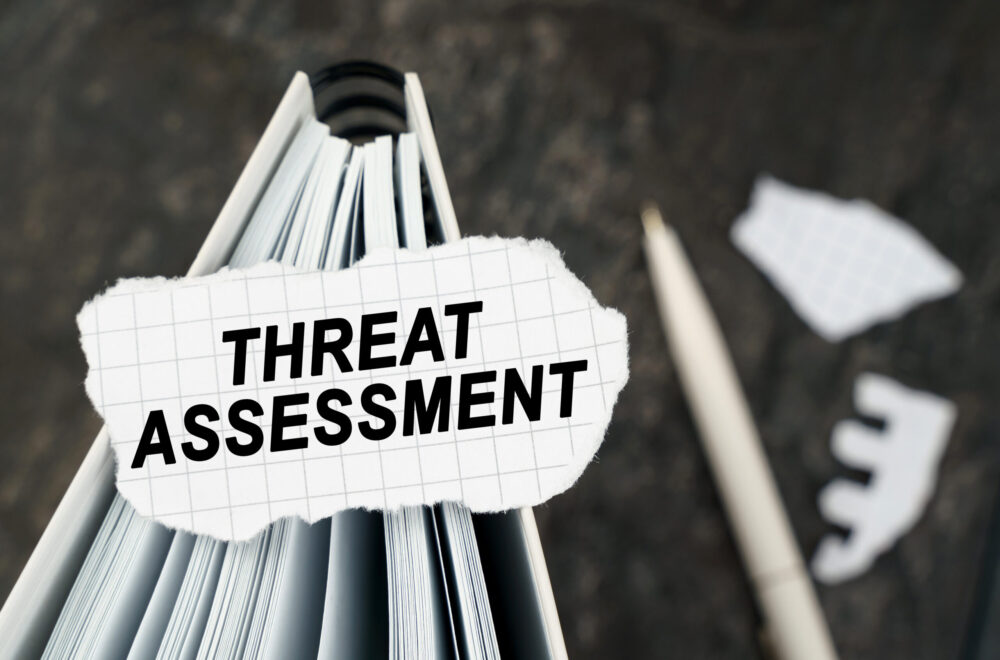A Cybersecurity Threat Assessment is a process used to identify, evaluate, and prioritize potential threats to an organization's digital assets. Here’s a breakdown of the key aspects:
What?
A cybersecurity threat assessment is a structured evaluation of potential risks and vulnerabilities in an organization's IT infrastructure. It helps to identify threats such as malware, data breaches, phishing attacks, insider threats, and other cyber risks.
Why?
- To identify vulnerabilities before attackers exploit them.
- To prioritize risks based on their likelihood and impact.
- To mitigate potential threats with proactive security measures.
- To comply with regulations (e.g., GDPR, HIPAA, NIST, ISO 27001).
- To protect sensitive data and maintain business continuity.
When?
- Regularly: Threat assessments should be conducted periodically (e.g., quarterly, annually).
- After security incidents: Following a data breach, malware attack, or system compromise.
- During major IT changes: When deploying new applications, cloud migrations, or infrastructure upgrades.
- Before audits: To ensure compliance with security standards.
How?
- Identify assets: Determine which systems, applications, and data need protection.
- Analyze threats: Evaluate potential attack vectors, such as malware, phishing, or insider threats.
- Assess vulnerabilities: Conduct penetration testing, vulnerability scans, and audits.
- Determine impact and likelihood: Prioritize threats based on their potential damage and probability of occurrence.
- Implement mitigations: Apply security measures like firewalls, encryption, MFA, and security awareness training.
- Monitor continuously: Use security information and event management (SIEM) tools to detect real-time threats.
Who?
- Cybersecurity teams (CISOs, security analysts, ethical hackers).
- IT departments managing networks and endpoints.
- Third-party security firms conducting external assessments.
- Compliance officers ensuring regulatory adherence.
- Executives and stakeholders making security decisions.
It is best to have a detailed framework or checklist for conducting a cybersecurity threat assessment.
Phelix Oluoch
Founder
PhelixCyber

